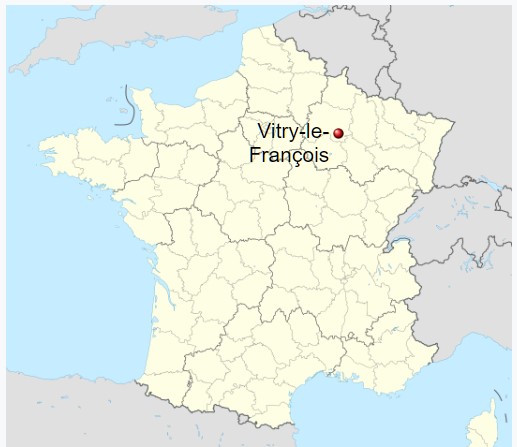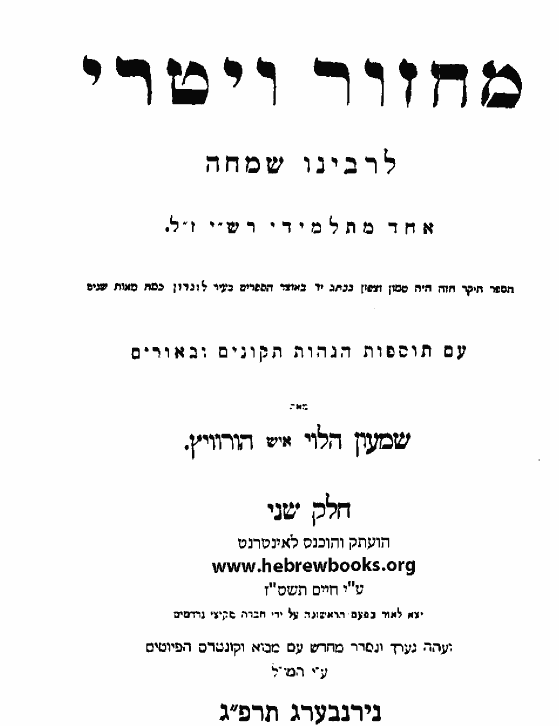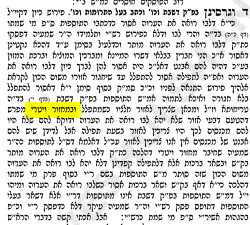BS” D
Suka 39a
Sivan 15, 5782. June 14, 2022
1-While on the topic of הלל we discussed the issue of the גמרא in Megillah (23, a) כל פסוקא דלא פסקיה משה רבינו אנן לא פסקינן
Which means that one should only say an entire פסוק.
Now the full verse is אנא ה’ הושיעה נא אנא ה’ הצליחה נא.
So if saying only part of a פסוק is not proper, how do we say אנא ה’ הושיעה נא twice, which is only part of a complete פסוק.
In davning we encounter this many times. ה’ מלך ה’ מלך ה’ ימלוך. The first two are part of a פסוק.
Friday night’s Kiddush begins with (only) the end of a פסוק!

ויהי ערב ויהי בוקר יום השישי
We discussed the Tosfos on our גמרא and the מגן אברהם OC 262
See here and here for more sources.
2- Mentioned the letter of the Rebbe (printed in every Tanya) that explains the difference between the two expressions: וכו׳ and וגו׳.

וגומר means ‘what follows to the end’. This is used when quoting a פסוק not in its entirety.

וכולהו means ‘etc’ is used when writing part of a מאמר חז”ל.
See below.
3- Rava says that one should not pause between יהא שמיה רבא to מברך.
We discussed a very interesting ספר with a very uncommon name. The
מחזור ויטרי was written by one of Rashi’s students, Reb Simcha of Vitri, a town in Northeastern France.

This ספר is a compilation of Halachos and Minhagim as practiced in Vitri, based upon the teachings and rulings of Rashi.
We spoke about the fact that despite the knowledge that this מחזור existed, due to its often quoted Halochos and Minhogim from this ספר, it was first printed less than 100 years ago!

Other editions have followed.
4- Tosfos and many other ראשונים quote this important work in numerous places.
A famous quote, relevant to our Gemara, is right at the beginning of Shas, (3a) where Tosfos quotes the מחזור ויטרי’s explanation of the words in Kaddish
יהא שמיה רבא מברך לעלם ולעלמי עלמיא

According the מחזור ויטרי, this is split into two separate תפילות. The words mean:
1- יהא שמיה – רבא
May the name of Hashem – be great. יהא שמיה – should be רבא.
We pray for a time when His Name will be greater than it is today. Greater, because we will read it with the YHVH pronunciation and the full 4 letters.
[שמ of י-ה, will be רבא].
מברך לעלם ולעלמי עלמיא – 2, is the beginning of another prayer. His Name should be blessed forever.

Tosfos, however, argues and brings proof from our Gemore (Rovo says not to pause) that the words
יהא שמיה רבא מברך לעלם ולעלמי עלמיא is one continuous prayer.
May His name, that is great, be blessed.

5- Speaking of the מחזור ויטרי we mentioned that some say (based upon various manuscripts) that the source of wearing a גרטל during Davning is the מחזור ויטרי. See ב”ח OC 91.

See here from the Rebbe about the impotence of the Gartel. Note what he says about the ישמעאלים that wear their gartels on their heads….

6- We suggested a reason as to why the Gemara says Shabbos (119, b) that one that says אמן יהא שמיה רבא מברך לעלם ולעלמי עלמיא with great כוונה can wipe away 70 years of דין.
Why these few words in particular? Does it carry more weight than, say, קריאת שמע or שמונה עשרה?

Perhaps the reason is that, unlike any other תפילה that can be said ביחידות, you can only say אמן יהא שמיה רבא מברך לעלם ולעלמי עלמיא after listening to the Chazan say the Kaddish.
Listening first is the greatest virtue…….